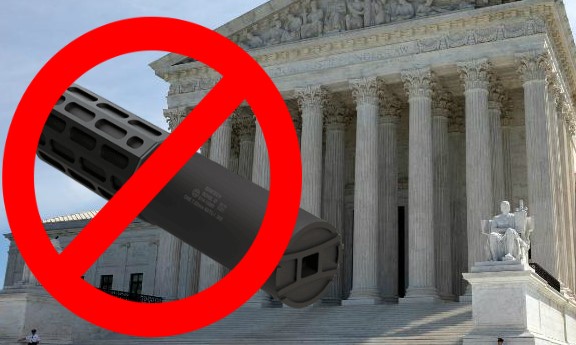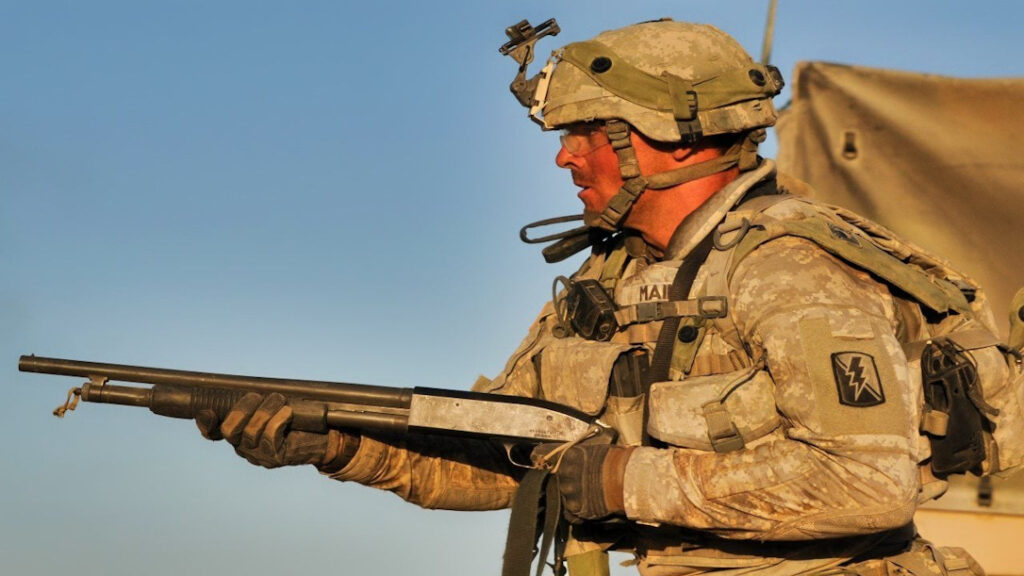The murderous attack May 31in the Virginia Beach city government building has predictably elicited outrage and opportunism by masses of sensitive, easily triggered [all puns intended] anti-gun activists and legislators. A large fraction of them are of course Democrats running for their party’s Presidential nomination.
It’s seldom that something unifies so many Americans, though it’s too frequent that the unifying motive is so irrational. Business as usual in the nation’s politics.
Advertisement — Continue Reading Below
John Lott covered the essentials in “What Gun Control Advocates Fail to Grasp After Mass Shootings”. “Gun-free” zones are dangerous places to be in once targeted by murders, like the city employee who readily (and illegally) entered the locked building with his handguns. Other Virginia municipalities that do not forbid employee carry have had no such problem.
The night before, one “Virginia Beach shooting victim considered taking her gun to work” because she knew that employee was dangerous. But she feared dismissal if discovered, and did not. Virginia Beach was complicit in her murder because of that policy, and in all 12 deaths because while forbidding effective self-defense it did not provide any other defense.
So it’s another field day for hoplophobic hysterics. Because the shooter had no Federal or state prohibiting factors, he obtained his handguns legally.
Advertisement — Continue Reading Below
Because of the absence of other blame, the target of opportunity became his use of at least one “silencer”, the deadly, scary accessory that permits assassins to murder people with no audible report whatsoever, and enabled him to sneak around executing his intended victims at will—NOT. (And which he may also have obtained legally.)
DRGO has repeatedly called for unrestricted access to firearm suppressors (the proper term) for the sake of millions of Americans’ hearing preservation. Dr. Wheeler wrote about them as “A Powerful Tool of Public Health” in 2015. Dr. Vaughan in 2016 pointed out the “True Public Health Issue” their expense and licensure creates. Because of our mounting concern, in 2017 we released the definitive paper on “Suppressors and Hearing” explaining the medical basis of the hearing damage that every single gunshot does to every shooter and bystander who are without protection. That paper is available here, with its “Executive Summary” here.
The best protection for everyone is a suppressor attached (or built in) to every suitable firearm (carry handguns excepted). This diminishes the impact of the blast on every ear within range without interfering with audible communication the way ear muffs and plugs do, which help only the shooter.
Advertisement — Continue Reading Below
Noise Induced Hearing Loss is permanent and irreversible, is already present in 38 million Americans (from music and shooting), with over 100 million Americans are at risk just from using firearms. Stopping the damage at the muzzle is the most sensible intervention, as suppressors are much more effective than any ear-positioned device. Suppressors decreased experienced noise levels from instantly damaging to tolerable—but NOT quiet. Suppressed gunshots still measure from 110 to 140 decibels, a range that includes the aural assault of jackhammers. No one can ignore reports at that level, but less than 140 decibel prevents instant, permanent hearing loss.
Suppressors somehow got added in to the 1934 National Firearms Act, whose primary purpose was to reduce the availability of automatic weapons (i.e., “Tommy Guns”) to criminal gangs. There is no record of hearings or the thinking behind including suppressors, a decision that has injured Americans ever since. While over 900,000 are in use now across the nation, effective suppressors can also be made or repurposed from ordinary supplies. There have been virtually no crimes committed here with suppressors in 85 years, nor in countries like New Zealand and most of Europe where they are freely available.
Please read and publicize the truth about suppressors. The truth is that (firearms) being suppressed is an excellent thing—pro-health as well as pro-civil rights.
Advertisement — Continue Reading Below
.
.

— DRGO Editor Robert B. Young, MD is a psychiatrist practicing in Pittsford, NY, an associate clinical professor at the University of Rochester School of Medicine, and a Distinguished Life Fellow of the American Psychiatric Association.
Advertisement — Continue Reading Below















